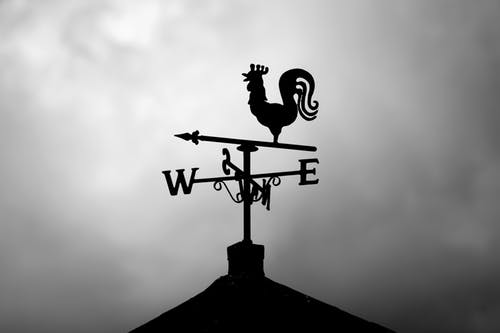Every business needs to analyze past performance to identify trends and make improvements. If you operate a food and beverage business, you can generate better financial data by changing your fiscal year.
4-4-5 accounting calendars make it easy to compare performance between months and years. Each accounting month will have the same number of weeks from one year to the next, and the same is true of a 4-5-4 calendar. Use these calendars to produce a more useful budget, assess employee performance, and increase profit margins.











